The Platinum Wedding Band
And
Engagement Ring

The platinum wedding band is known for a bright, almost wet, shiny white-silver look, high durability and its association with luxury designer wedding and engagement rings. Platinum rings were first developed in the late 1770s for royalty, and to this day platinum still has a reputation for its exceptional, timeless, look.
To find out if this is the right metal for your wedding rings, take a look at the info below including pros and cons of platinum, best platinum grades for every day wear rings and more. And if you have any questions about platinum rings, use the handy comment box at the end of the page!
What Exactly is Platinum?
Platinum is a chemical element classified as a transition metal on the periodic table. It is also known as a precious metal, and it is very rare.
Platinum is also a high density precious metal and is one of the heaviest metals used to make wedding bands.
Platinum is very malleable, and for this reason platinum is often used to make super strong wedding ring settings plus platinum rings crafted with amazing intricate filigree work.
Like most precious metals, platinum is so soft that it must be alloyed, (mixed), with another metal - usually ruthenium, iridium or cobalt - so that it can be hard enough to work with.
Pros of the Platinum Wedding Band
Platinum rings are extremely strong and durable. In fact, platinum is often used to make luxury watches because the small platinum watch parts will not wear down with time.
Platinum is a hypoallergenic metal and it is highly resistant to tarnish.
Rings made with platinum are also resistant to damage caused by chemical exposure include sulfuric and hydrochloric acids.
Like gold, platinum wedding rings are available in an almost limitless choice of styles, shapes, and stunning intricate designs.
For a Gemstone Wedding Ring, platinum (along with yellow and rose gold) is one of the best metals to use.
Cons of the Platinum Wedding Band
Platinum can scratch, but a good polish will usually remove the scratches.
Platinum is a higher priced wedding band material and prices for platinum metals are very volatile. While this metal is 30 times rarer than gold, the price of platinum in the past has bounced from $795 an ounce to $2,252 an ounce. As a result, the cost and value of platinum wedding bands can vary.
Platinum rings can be expensive to resize or repair.
Platinum mines have a huge environmental impact, here is what you can do to lower your impact and find an Eco-Friendly Platinum Ring. (All of the EWR top picks are from eco resources).
Understanding Platinum Grades/Labels
Platinum is labeled according to the percentage of platinum weight in the product. For example, PT950 is 95% platinum by weight, PT900 is 90% platinum by weight, and PT850 is 85% platinum by weight.
In the United States, any items labeled "platinum", "PLAT", or "PL" must be at least 95% platinum weight (PT950).
Anything less than 95% platinum must be labeled with the metal it is alloyed with first. For example, "IRID/PLAT" is 90% platinum and 10% iridium (PT900) by weight.
Fast Fun Facts About
Platinum Rings!
Platinum is one of the heaviest wedding and engagement ring metals.
Best platinum grade for wedding bands? PL950/Cobalt
Platinum rings are resistant to tarnish.
Before the 1890s, only royals and the nobility owned platinum rings.
Top Platinum Engagement Ring and Wedding Band Picks!
'Willow' Round Diamond and Emerald Platinum Diamond Wedding Ring Set
by Brilliant Earth
5mm Comfort Fit Men's Platinum Wedding Band by Blue Nile
Platinum Lab Created Round Diamond and Diamond Band Wedding Ring Set
by Clean Origin
Men's Platinum Engagement Ring with Radiant-Cut Diamond by Brilliant Earth
Platinum Wedding Ring Grades and Alloys
The best platinum for wedding rings is PL950, anything less than PL950 does not last as long or wear as well with time.
The three most common platinum grades used in wedding rings are:
- PL950/Iridium
- PL950/Ruthenium
- PL950/Cobalt
PL950/Iridium contains 95% platinum and 5% iridium by weight. It can be called 100% precious because iridium is one of the platinum group metals.
PL950/Ruthenium contains 95% platinum and 5% ruthenium by weight. It can also be called 100% precious because ruthenium is one of the platinum group metals too.
PL950/Cobalt contains 95% platinum and 5% cobalt by
weight. This type of mixture is not 100% precious, but it is considered
to be
superior to other platinum grades.
What Type of Platinum Wedding Ring Grades are Best?
PL950/Iridium is sold in a lot of markets, but it is not considered to be the highest quality of grades. In fact, the mixture yields a soft metal which can bend, scratch, and pit. Overtime, a wedding band of this kind might begin to look dull or take on a lot of scratches.
PL950/Ruthenium is a durable grade of platinum, and it is almost scratch resistant. It can also achieve a beautiful mirror polish.
PL950/Cobalt is widely considered to be the highest quality of platinum alloy used in wedding bands. This type of mixture is strong and durable, it can be worked into a number of shapes and designs, and it has an extremely bright look to it; almost as if the ring has been lit up from the inside.
While Cobalt alloys can cause allergic reactions in some people, reactions to PT950/Cobalt are pretty rare.

Shopping Tips for the Platinum Wedding Band
Always ask about what type of metal the platinum has been alloyed with. For example, some stores sell PL950 but they never define what the platinum has been alloyed with.
Since platinum is expensive to resize, take at least two ring finger measurements using at least two different sizers before you purchase your rings.
Obtain a certificate or receipt with your purchase which states the grade of the platinum ring and what it has been alloyed with.
Click on Wedding Ring Metals
to compare platinum wedding rings to other wedding rings in terms of
cost, availability, durability, and hypoallergenic qualities.
Questions or Comments?
Do you have questions or comments about platinum wedding rings?
Share your comments, send your questions or upload pics of your spectacular platinum wedding bands and engagement rings here!
I will post answers to your questions as soon as possible!
Comments and questions from EWR visitors
Joining Platinum Ring with Another Metal Not rated yet
I have a platinum engagement ring that belonged to my soon to be mother-in-law, while I'd love to get a platinum wedding band I'm unsure if we'll be able …
Return from Platinum Wedding Bands to Everything Wedding Rings Home
Recommended & Trusted Jewelers
Our Advertisement Policy
Adin Fine Antique Jewelry
Use Code=Everything-Wedding-Rings
For a 5% Discount
More Top
Platinum Wedding Ring Styles!
'Quiet Beauty' Lab Created Round Diamond Platinum Wedding Set by Clean Origin
5mm Hammered Platinum Wedding Band by Brilliant Earth
Emerald-Cut Emerald and Diamond Platinum Engagement Ring (matching band available)
by Gemvara
'Nico' Men's Lab Created Diamond Platinum Wedding Band by Clean Origin
'Versailles' Delicate Diamond Platinum Wedding Ring Set by Brilliant Earth
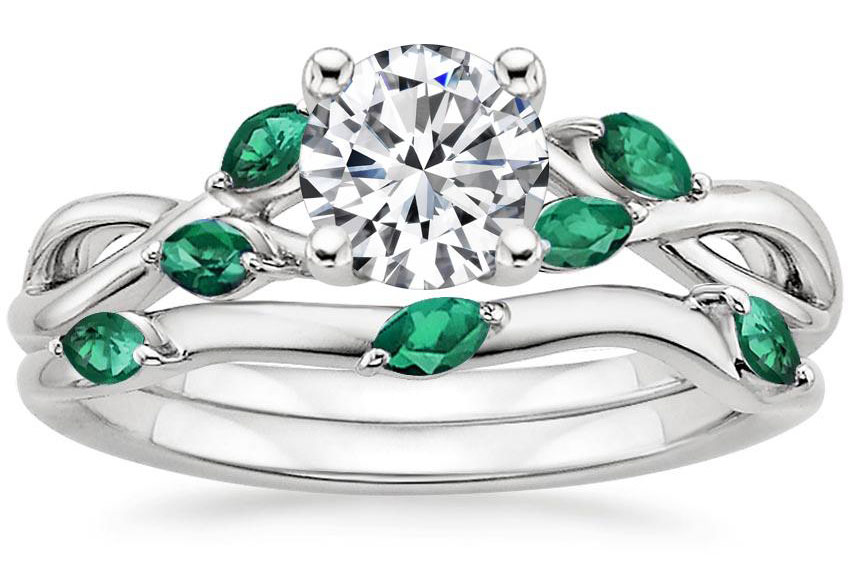
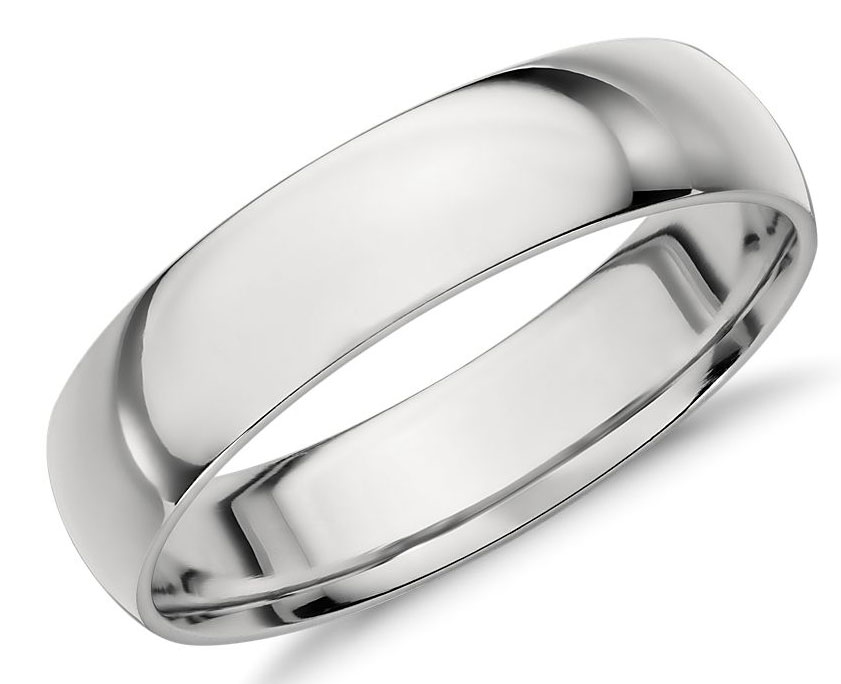
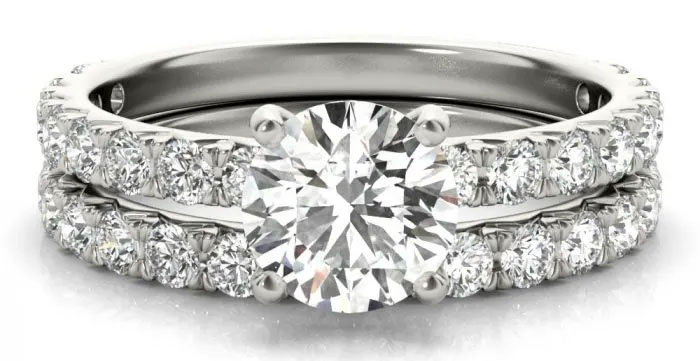
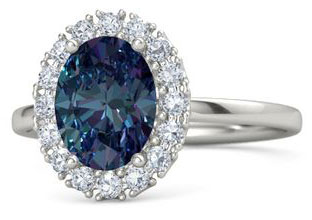
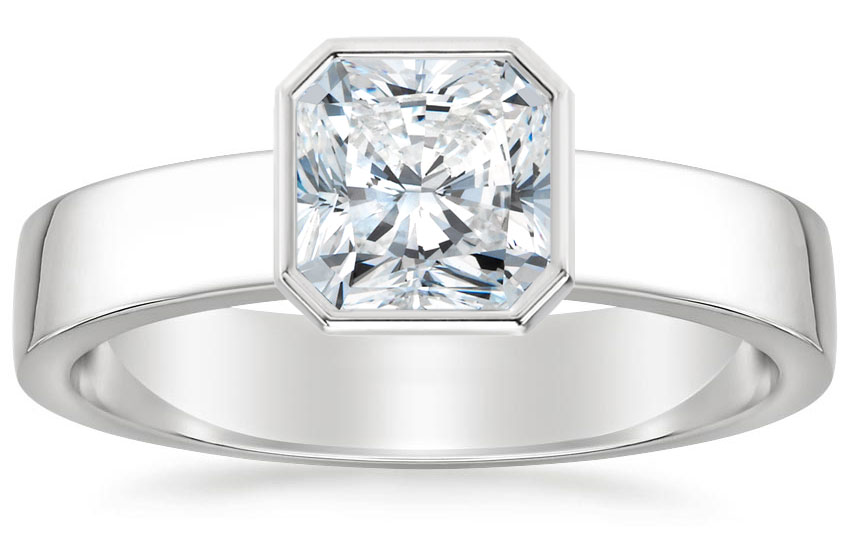
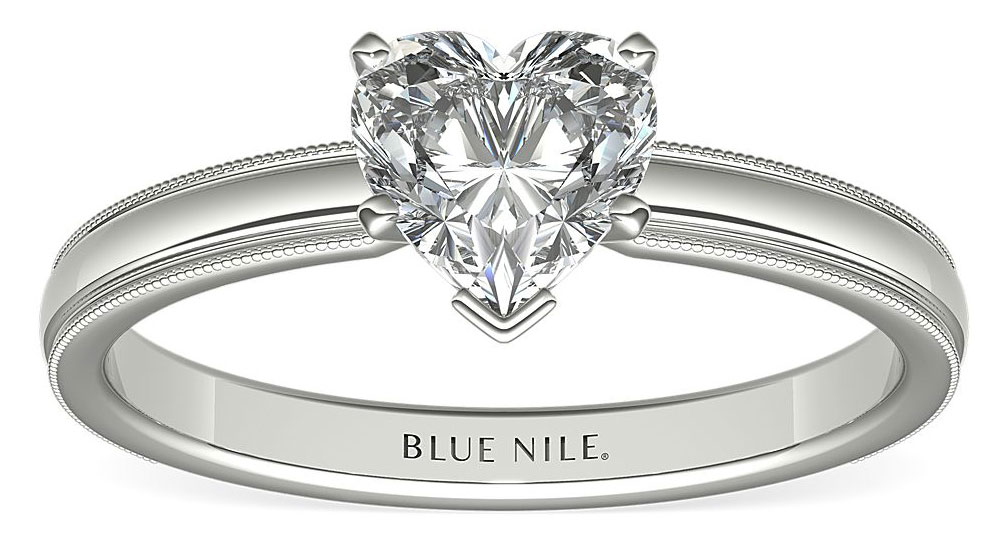
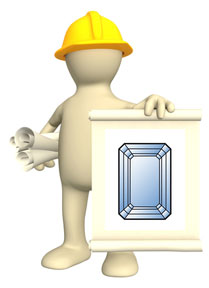

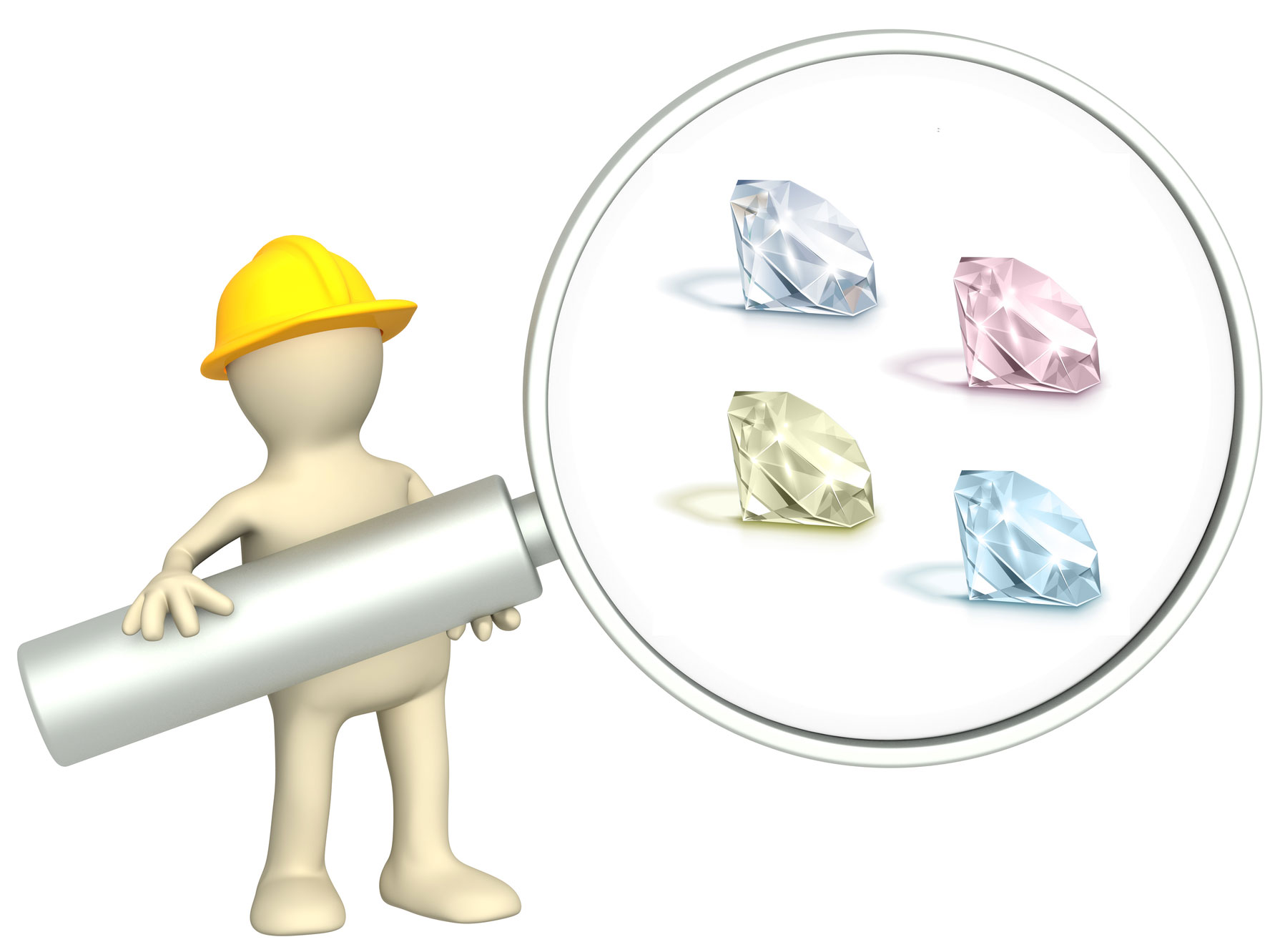
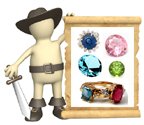


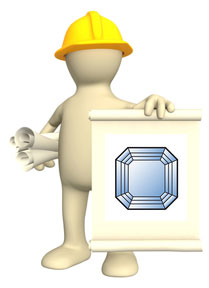
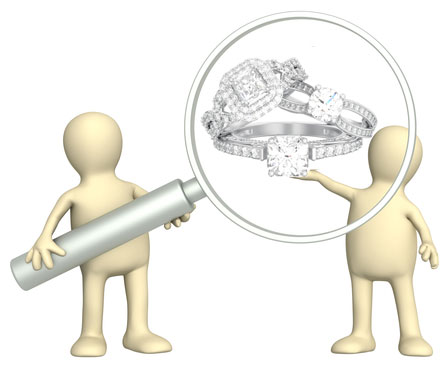


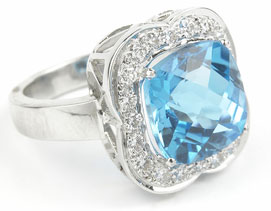
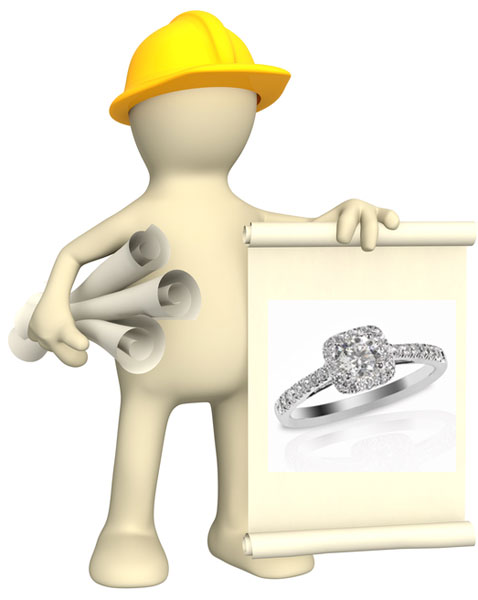
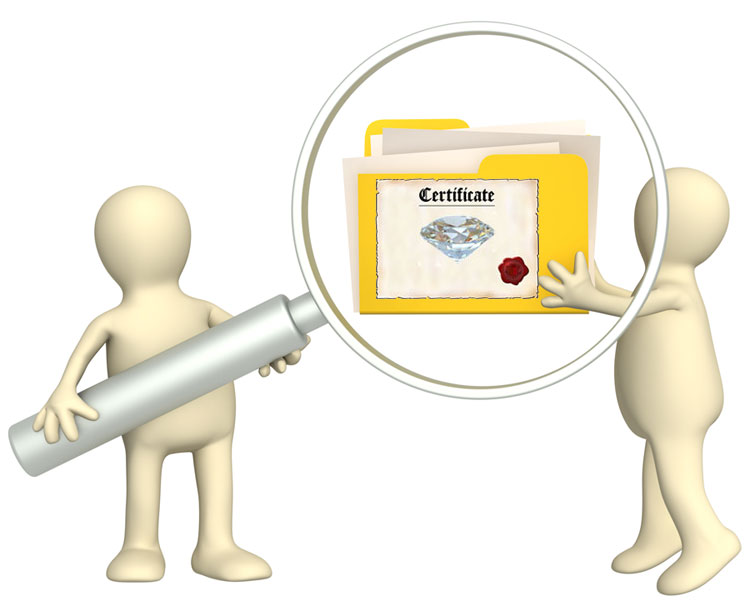


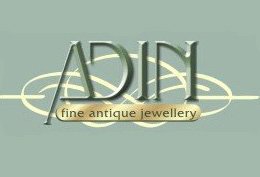
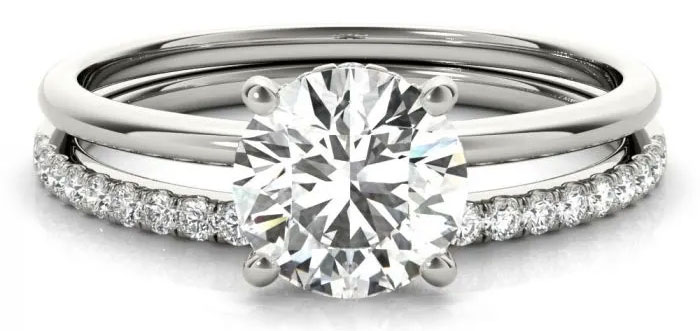
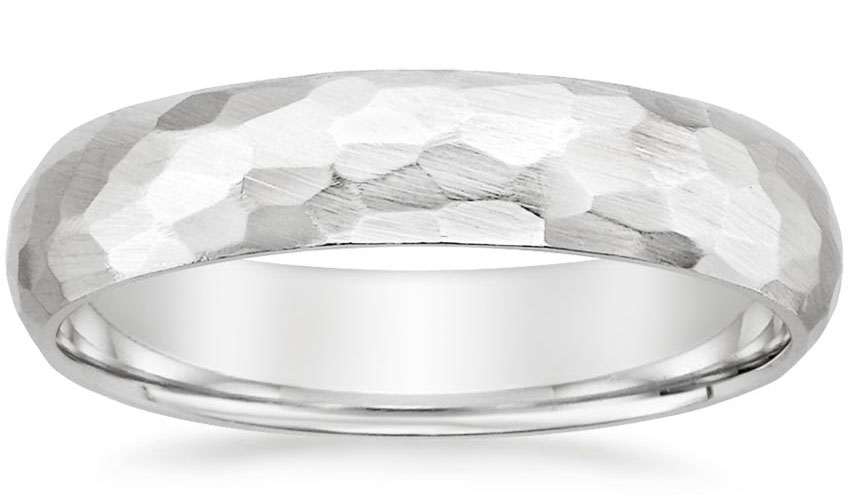
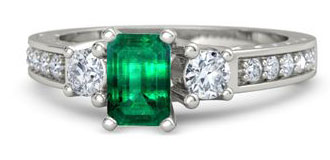
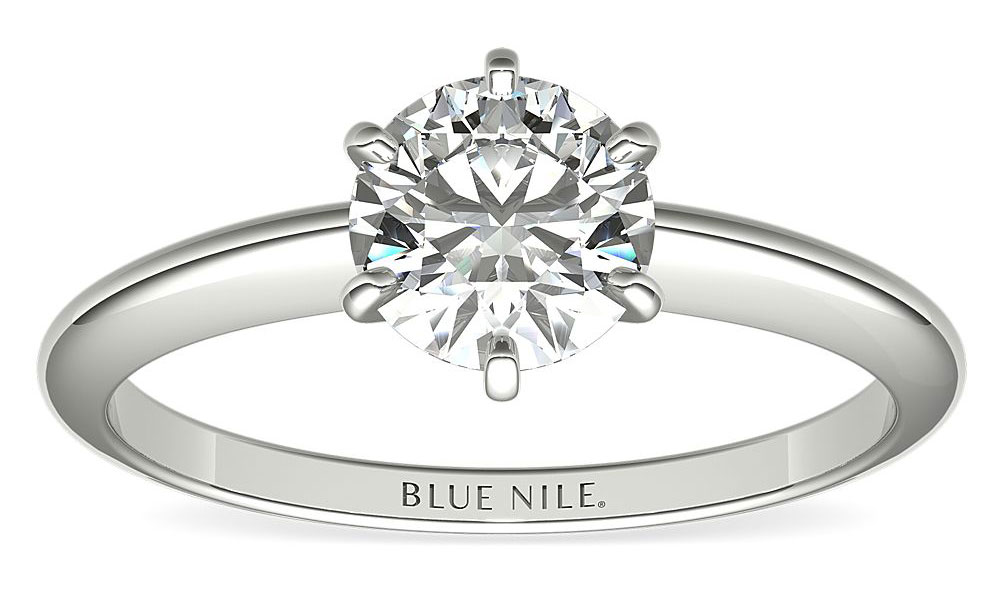
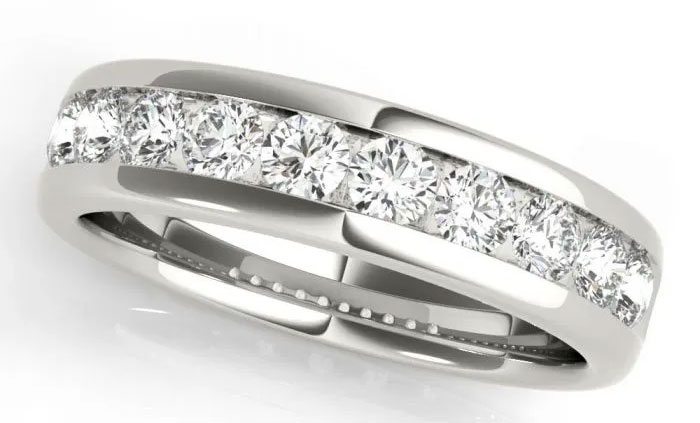
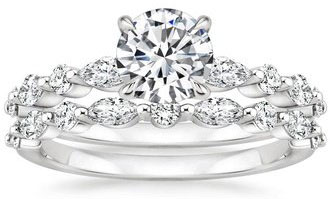
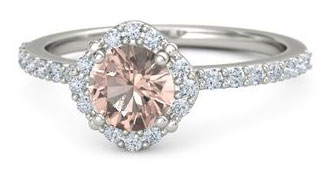



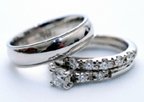

New! Comments
Share your comments below!